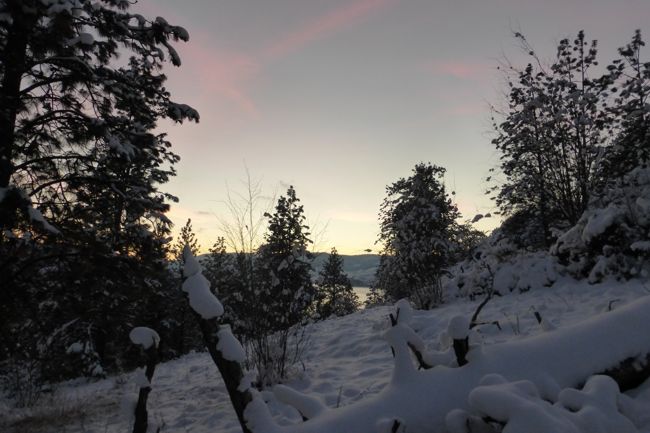OK so after reading the hot debate on cameras in the 3D printing thread it got me thinking about a question I have had. How do you take the type of picture that puts the for ground in sharp focus and then sort of fades out in the back. I don’t mean blurs the back ground but just gives serious feeling of depth. Sorry for the layman’s terminology. I know at one point I read an article about guys taking photos of HO that used pin hole cameras to get the effect. I have also seen car modelers do some very real looking photos of their models with that extreme depth perception.
I have an older SLR camera and only two lens. Forgive me for not knowing off the top of my head what they are (I am not around my camera) Both are variable for zoom one for normal pictures and one that does stuff farther away for like my kids hockey. I am not opposed to buying another lens to get the desired effect if need be.
Sorry for the ignorance. I am a point and shoot guy but i am learning. I have gotten some great help in taking action shots of hockey. So I am teachable. I want to be able to photograph static displays as if taking a photo of a real scene.
Devon





